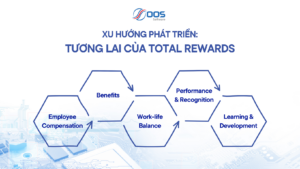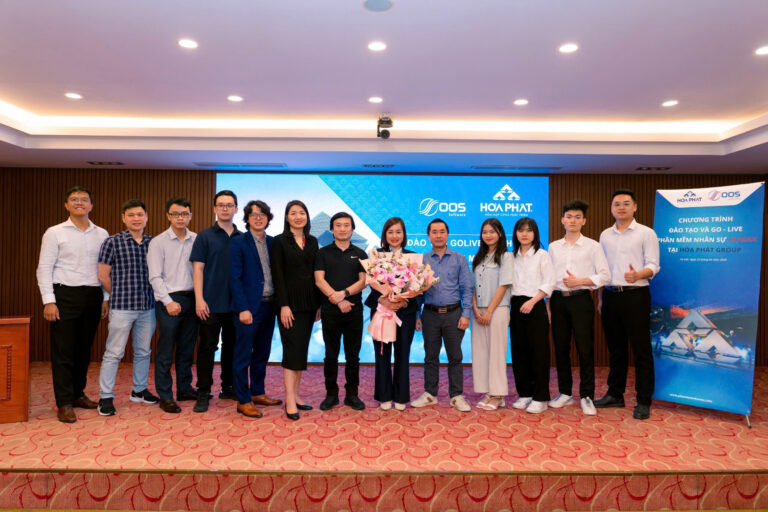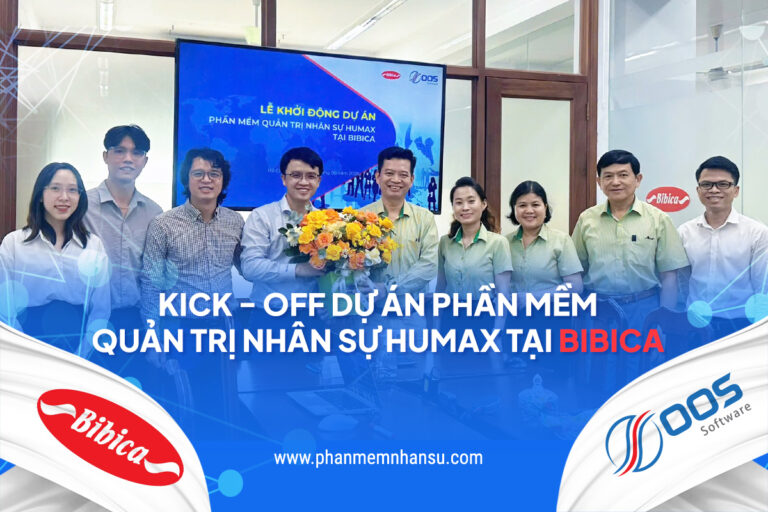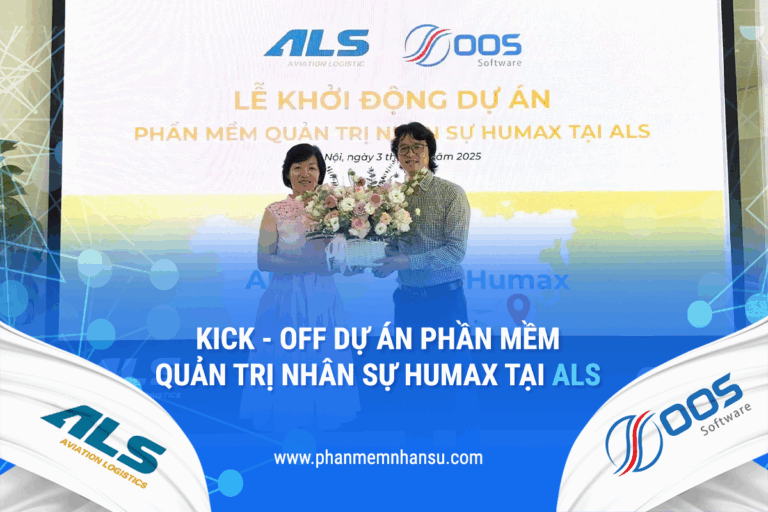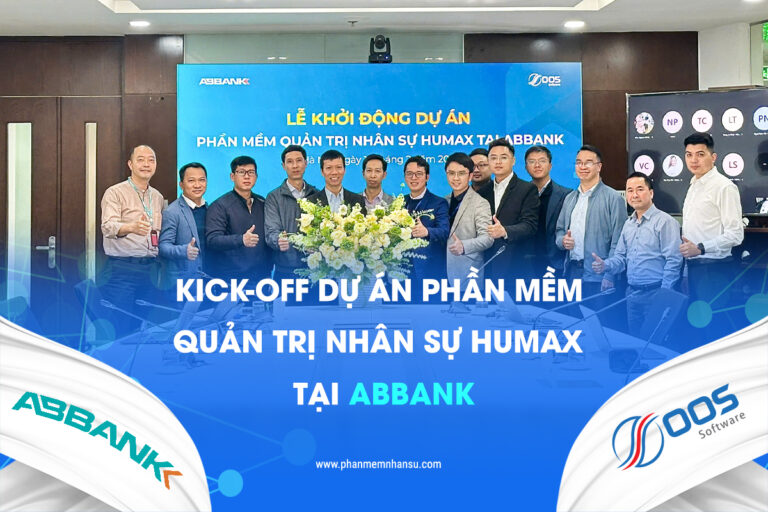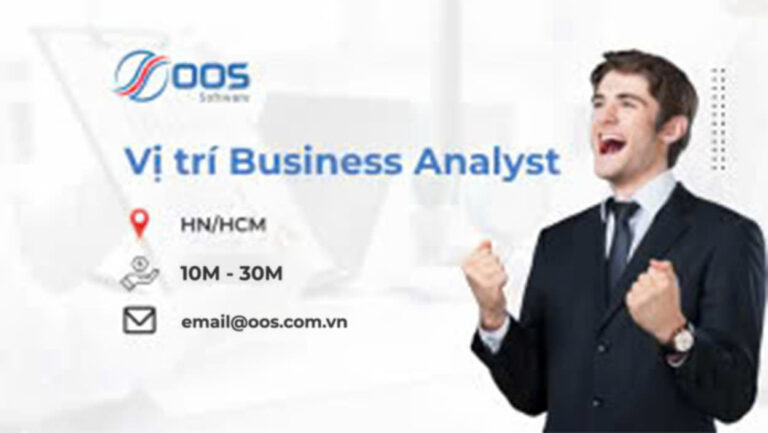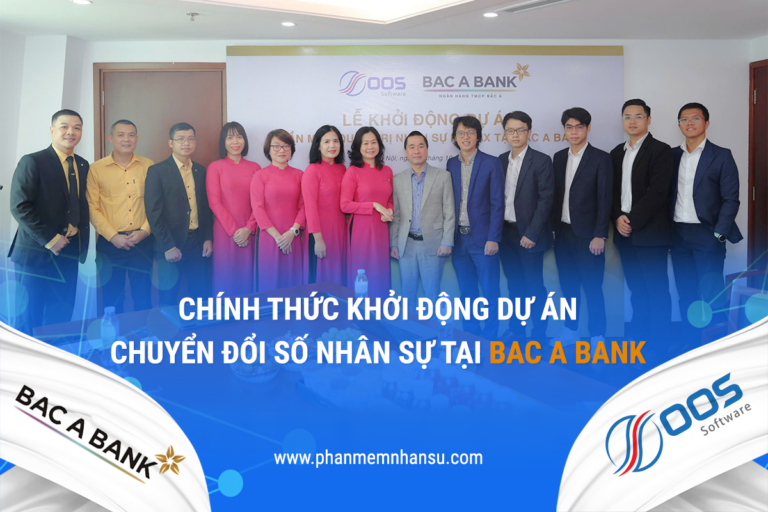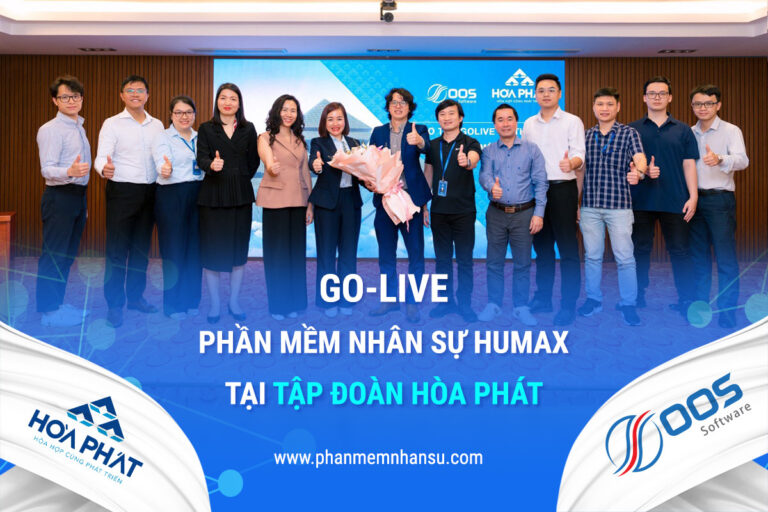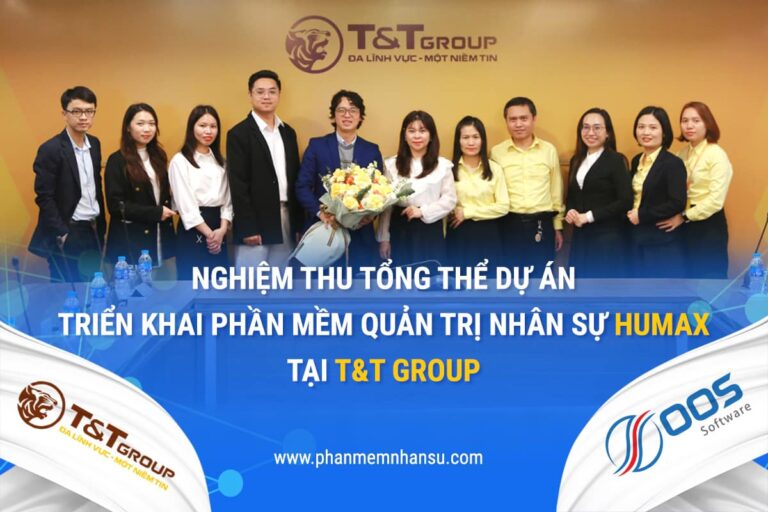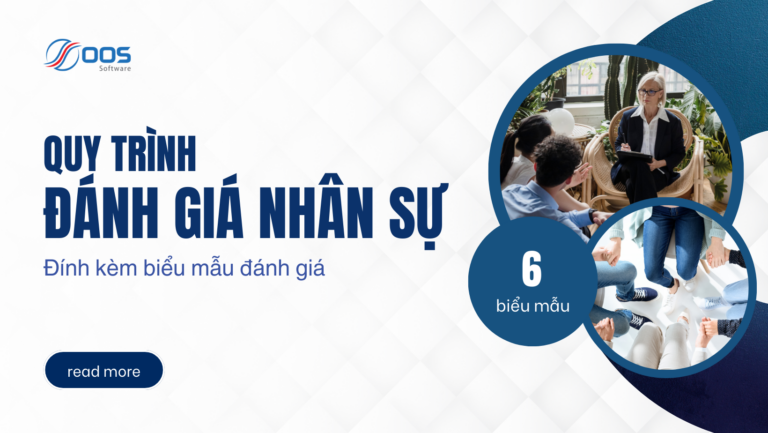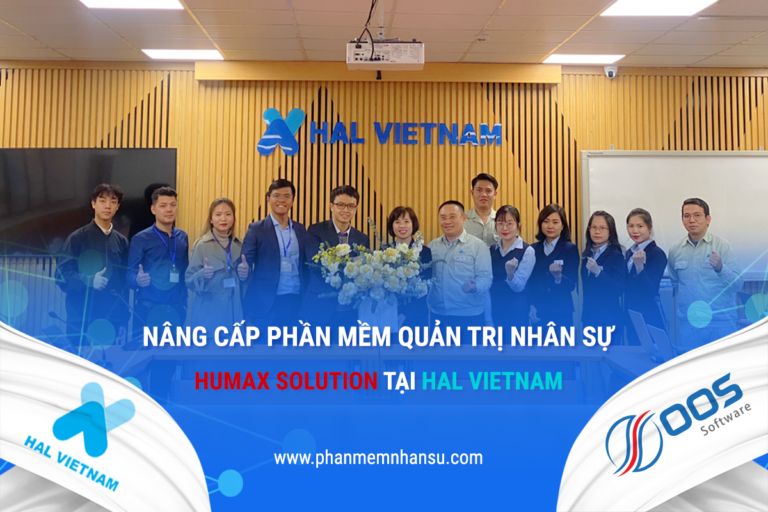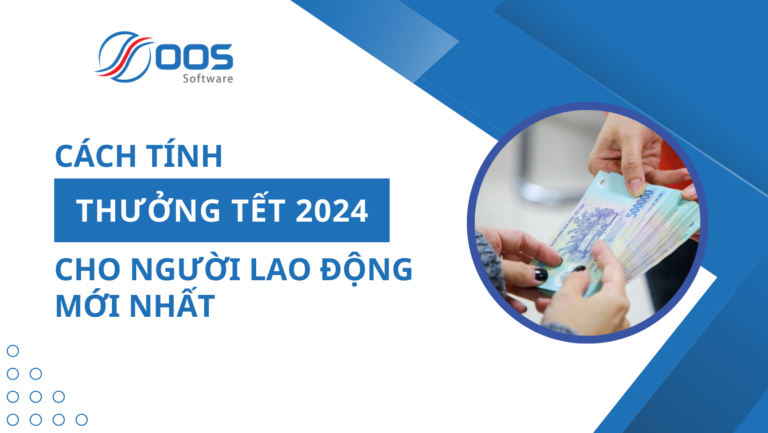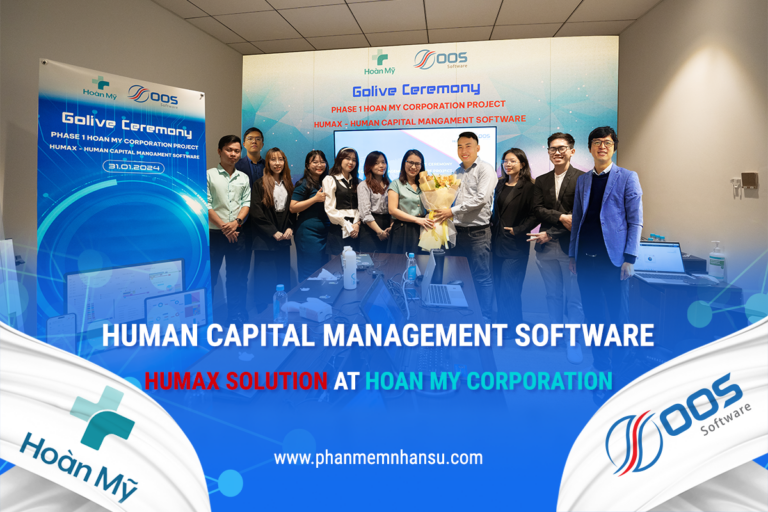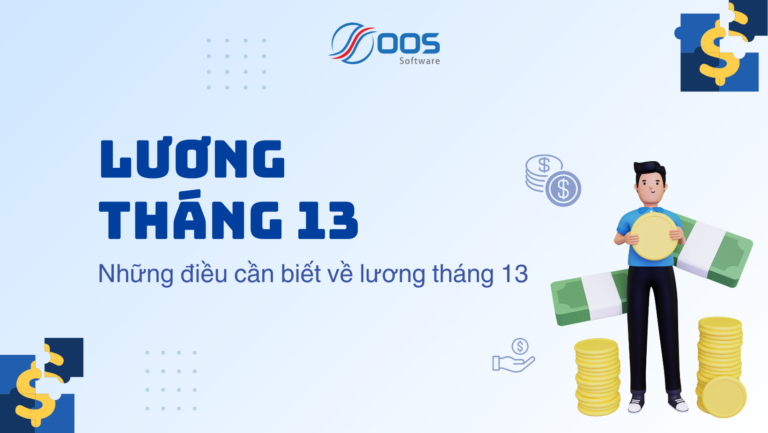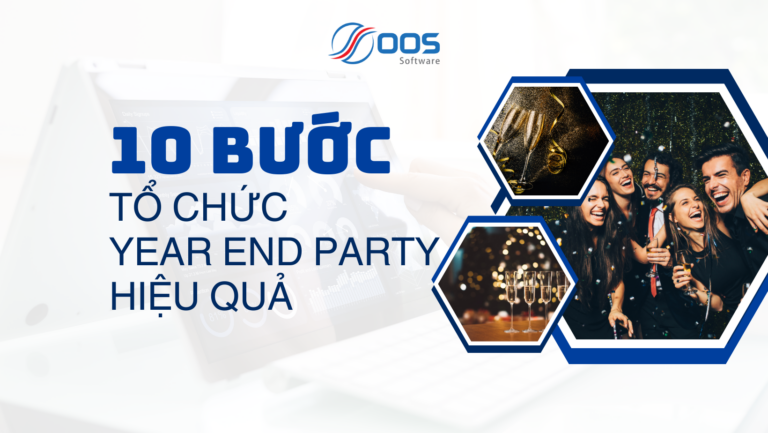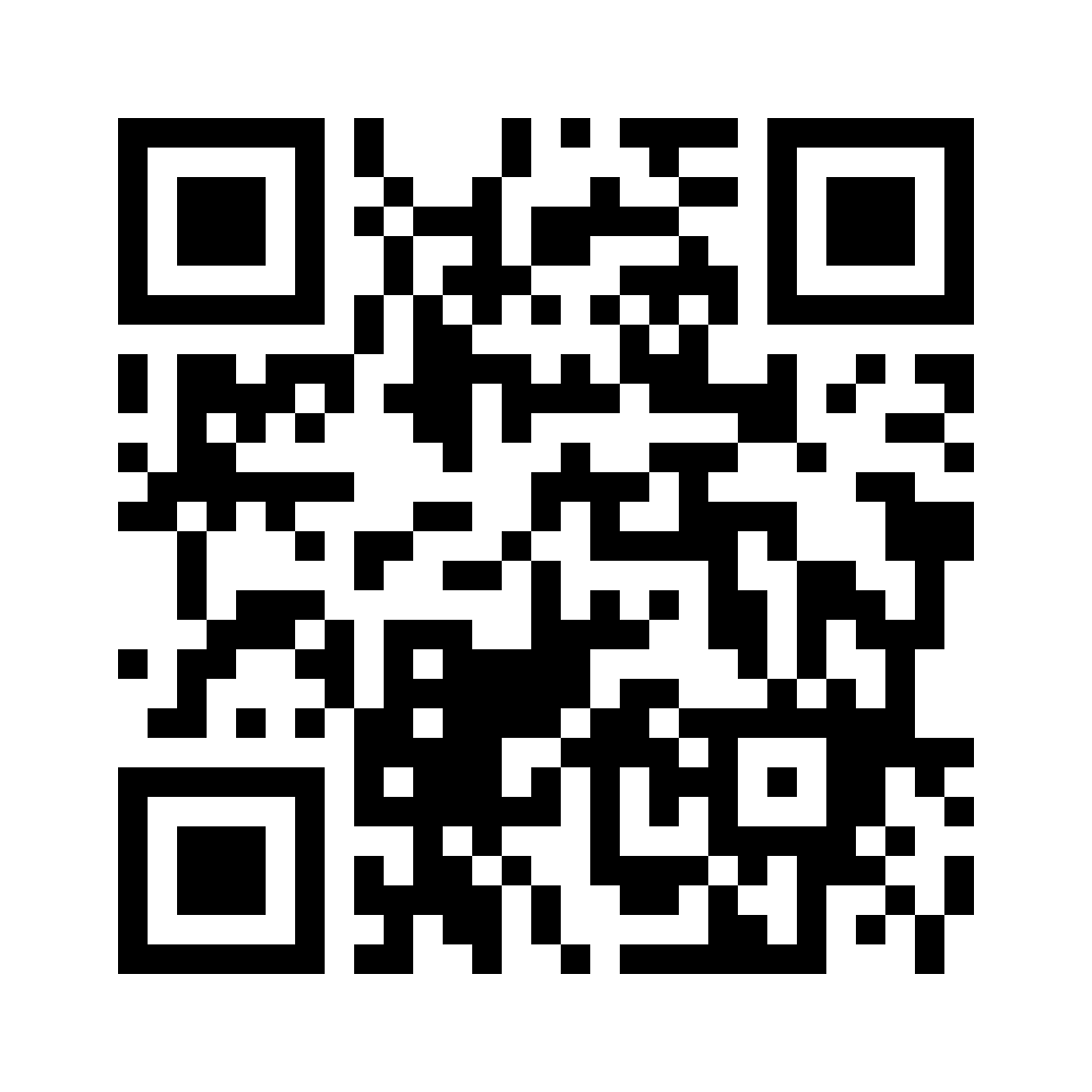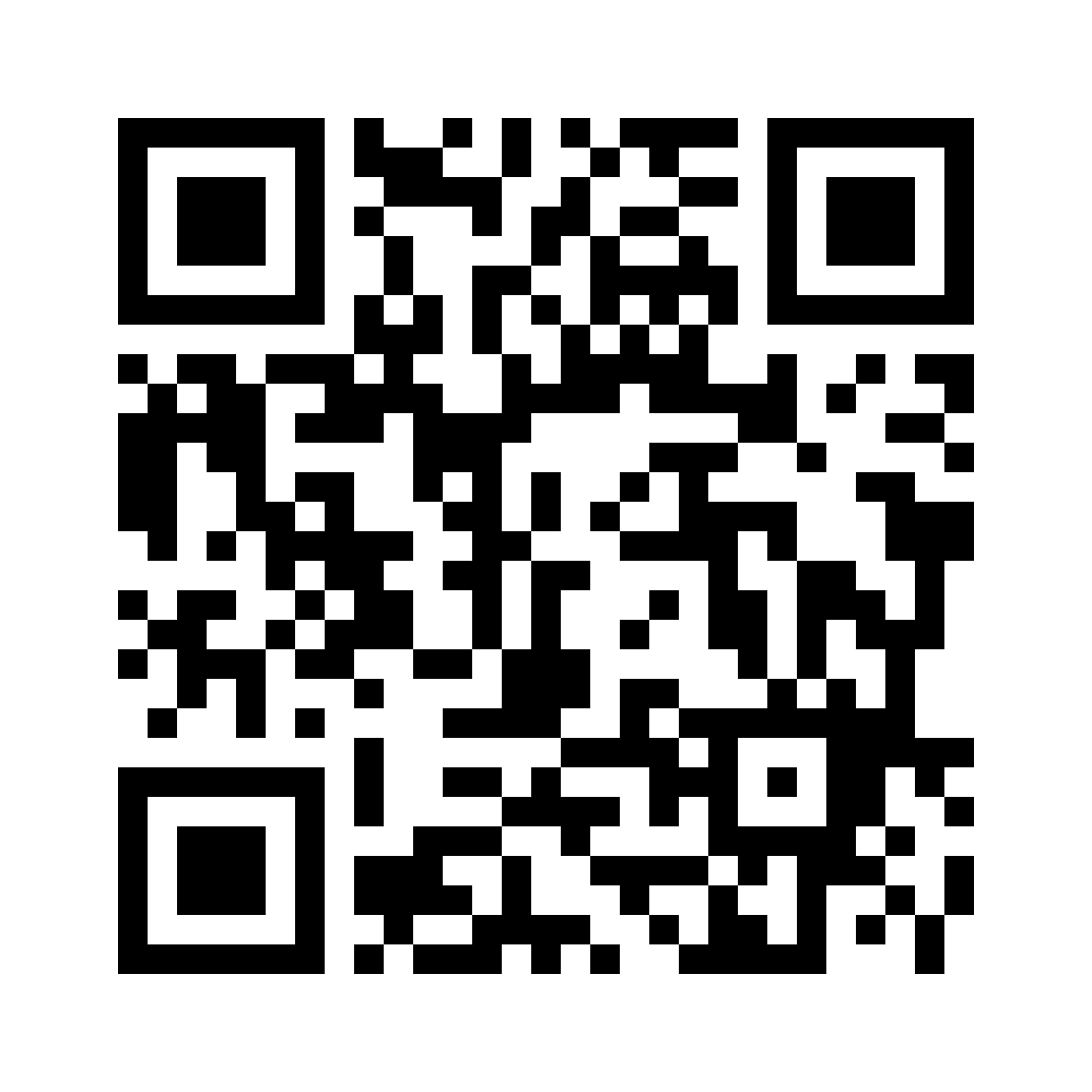In recent years, the global human resources and human resources market has recorded many fluctuations. The latest research shows that new trends in Total Rewards systems will greatly affect how businesses strategize to attract and retain talent to achieve performance results. good business.
How we got here
The world of work has changed forever since the start of 2020 as the global COVID-19 pandemic pushed organizations into new and more flexible ways of working, whether they were ready or not. Organizations have had to rapidly adapt their comprehensive wellbeing strategies to reflect this “new normal”, which has lasting implications for the future of work, the workforce and the workplace – poses a challenge to traditional welfare approaches. A few decades ago, benefits were as simple as receiving a paycheck for hours worked. Since then, the concept of how businesses recognize work has expanded. The pandemic has accelerated this trend, and now high-performing organizations must look beyond basic market-related rewards – providing a more comprehensive benefits strategy, including broad incentives widely and sustainably to support one's wholeness, shared goals and values.
As we continue to emerge from the pandemic in 2023, global economic trends and shifts in labor market behavior are pushing organizations to rethink their Total Rewards strategy. ) to adapt to increasing changes and disruptions. From the new normal of remote work to broader expectations from workers, the changing needs of the workforce will require new and different approaches to rewarding work. Uncertain business and labor markets, combined with new workforce needs, are pushing new areas of focus for comprehensive benefits organizations. As we look to the future, employers will need to think more holistically about total wellbeing, adapting to the needs and preferences of the organization and workforce.
The Changing Landscape: Trends in the Total Rewards Sector
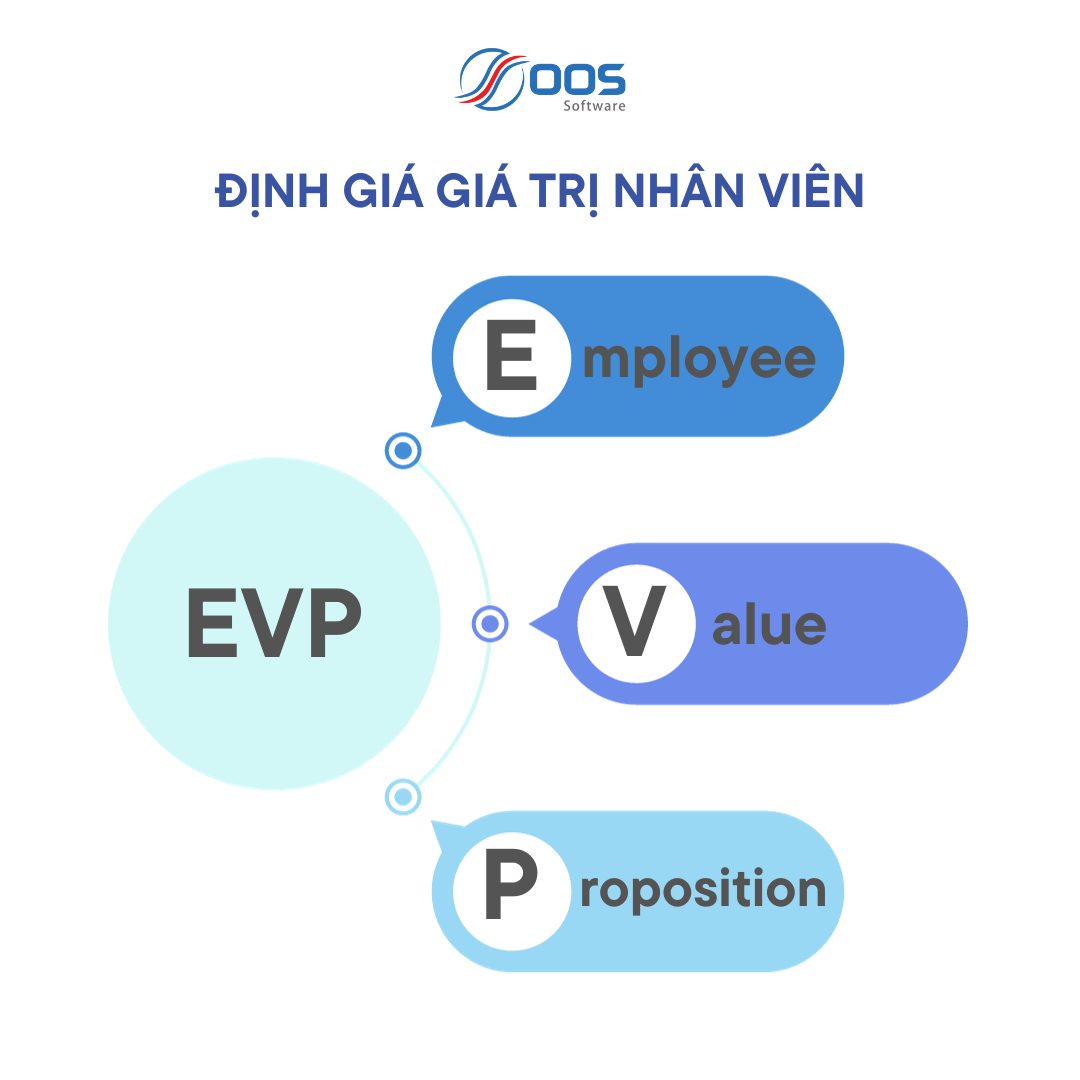
Over the past two years, average annual growth in freight rates has outpaced corresponding growth in wages. This gap between inflation and wages has been further widened by global incidents, including trade wars, the global pandemic and the war in Ukraine. These incidents have affected the ability to manage global supply chains, and as a result, global companies are likely to diversify their supply chains, increase redundancy, and reduce dependence on certain markets. specifically because the risks are seen to be significant.
Now more than ever, awareness is important for employee satisfaction and engagement. Lack of awareness is the #1 reason most professionals leave their jobs. Organizations with awareness programs reduce voluntary turnover by 31% and are 12 times more likely to have stronger business results. About half of the professionals surveyed said they would like to receive more awareness from their direct managers and colleagues.
Total Rewards managers are increasingly feeling pressure to do more with the same budget in an extremely volatile environment. This suggests a one-size-fits-all strategy in achieving spending efficiency and while this strategy may have been successful in the past, a labor market that continues to grow and demand a more personalized holistic approach to wellbeing. Furthermore, with the changing nature of work and ever-evolving skill requirements, human resources and comprehensive benefits professionals will increasingly need to move beyond job-based compensation models as they move forward. into the future.
In this context, changes in the workforce and demographic changes are creating additional challenges and complexities. With the fastest growth in the labor market, Gen Z and millennials are tired of being patient and are trying to find balance, ready to embrace change in the workplace. their. According to Gen Z and Millennial survey Deloitte Global 2023, these demographic groups report facing financial concerns around the cost of living, leading them to seek new work models to increase their income. The phenomenon of “mass layoffs” marks a breaking point in mental health challenges in the workplace, opening up an opportunity to rethink the way we work by prioritizing sustainable choices. environmental sustainability and action by employers.
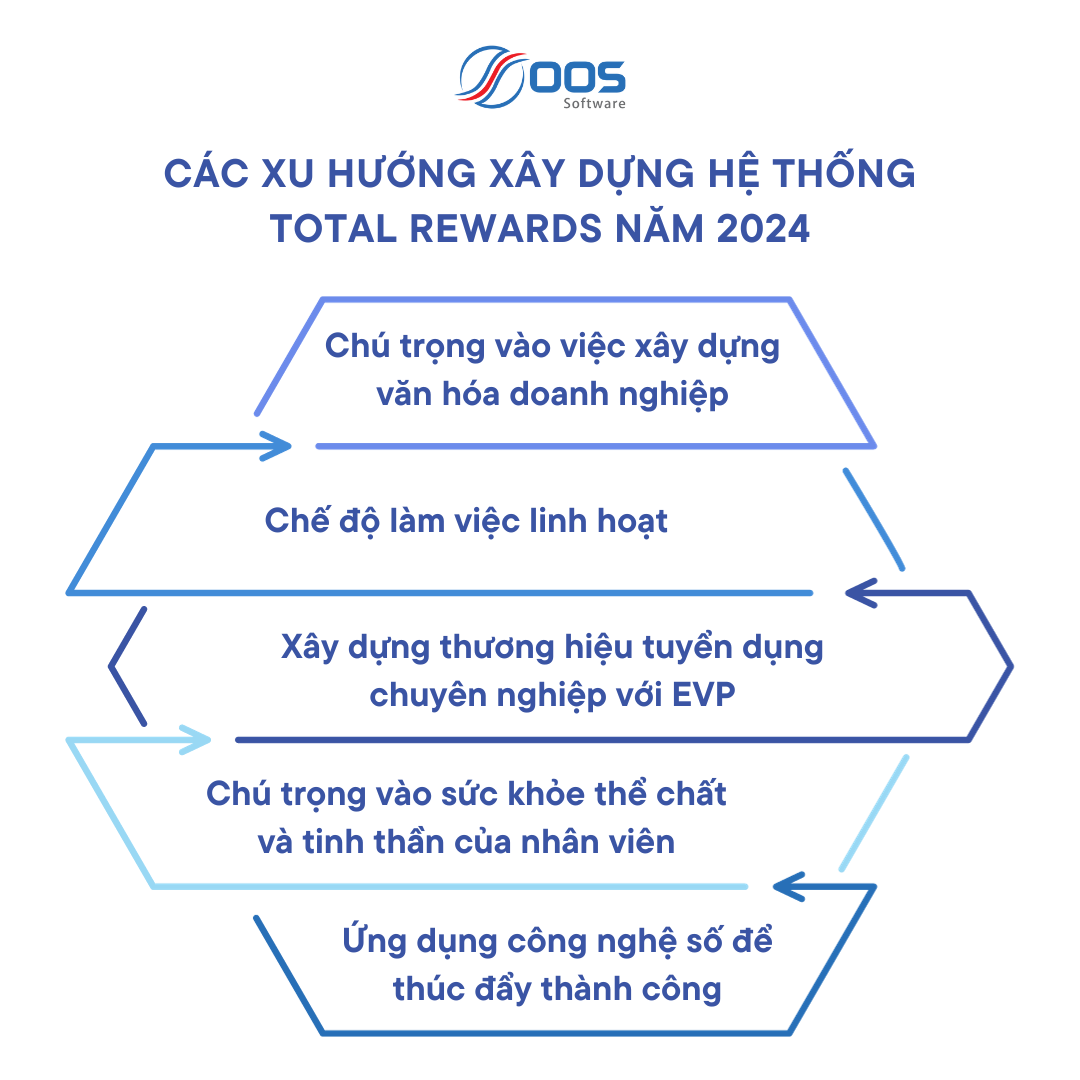
See more: Technology in HR: Developments that will shape HR in 2030
Deloitte's perspective on the Total Rewards trend
The impact of the pandemic has had a profound impact on business, pushing us to rethink how we approach work and recognize the workforce that carries it out. Work is more than just a series of activities; it is the way people interact, learn, grow, work in teams and innovate to produce maximum output.
In this new world, the relationship between the workforce and the organization requires a reassessment. The workforce has increased influence and authority, and leading organizations will need to view their workforce needs through a new perspective to support desired business outcomes. The needs of the workforce range from basic requirements like providing for family and themselves, to finding purpose in the work they do (with much more in between). The workforce is no longer just made up of traditional employees – it has expanded to include a workforce ecosystem that includes freelancers, contract workers, a broad range of stakeholders, and supplier.
The workforce value proposition is the link that connects broad workforce needs with organizational needs. The idea of a workforce value proposition is not new; Most companies have talked about this, but in reality, they often fail to take comprehensive action. Every activity of the comprehensive benefits function makes a difference to the workforce. Traditional benefits like pay and benefits remain important, but today's and tomorrow's workforce are increasingly looking for more comprehensive organizational support tailored to their individual needs. Not all members of the workforce have the same interests and preferences in the wellbeing experience, so it requires a dynamic relationship and wellbeing ecosystem that invites the workforce to actively participate. to participate and shape the wellbeing experience.

Leadership considerations as Total Rewards evolves
With change and transformation occurring rapidly within organizations and in the marketplace, today's total wellbeing leadership needs to have the right strategy, people and tools in place to remain agile and continue to respond. meet the changing needs of their workforce. There are many factors within an organization that can prompt leadership to reconsider strategy around employee experience, such as survival, culture, and motivation. To effectively transform your comprehensive wellbeing programs, the impact must extend beyond the wellbeing strategy and incentives themselves. Design the structure of a comprehensive wellbeing function, using data and advanced technologies – with the intention – to enhance decision making and focus operations and service delivery for optimisation. Enabling employee wellbeing experiences.

As organizations adapt to a world that has unemployment rate of employees is high, leaders should consider the impact on business strategy. In recent years, employees have grown in power and influence, and it is unclear whether an unstable labor market combined with economic uncertainty can shift the balance of power back. back to the organization. In the future, the “workforce” will include a mix of traditional employees, gig workers, freelancers, contract workers and other forms of segmented labor, and benefits leadership All companies must consider how to adapt their strategies to meet the needs of this expanding workforce. Leadership can continue to increase the use of metrics related to corporate social responsibility, sustainability, diversity, equity or inclusion in incentive programs, extending this trend downward in the entire organization, not just at the senior management level.
Total Rewards managers cannot solve all the challenges facing their organizations and must think strategically about the top priorities for their time and effort – while optimizing returns from the start invest significantly in their welfare programs. To balance the ever-changing needs of their business with the needs of their workforce, leaders must start thinking beyond just their comprehensive benefits programs, and instead , looks at how the holistic wellbeing experience fits into the overall workforce value proposition.
See more: What is Turnover Rate? 5 ways to improve the turnover rate in your business
What should HR do in the changing landscape of Total Rewards?
Listen to employees' opinions:
Feedback from employees can provide important information about your current comprehensive Compensation Strategy. Use quick surveys and other tools to understand their needs and concerns.
Talking and finding out about employees' difficulties outside of work is also a good way. This can help Human Resources managers understand what employees need, want or are concerned about in the enterprise's compensation policy.
Avoid a generic, “one-size-fits-all” approach
Avoid a “one policy fits all” approach. In fact, there are many differences within organizations that managers need to consider, such as pay disparities based on factors such as race, gender and identity.
Additional pandemic-related benefits:
The pandemic is the most influential event in recent history. Consider adding new benefits such as emotional support, hazard pay, financial support for remote work, and sick leave programs.
Let's be honest about the bad news:
Economic uncertainty looks set to continue next year, which could force businesses to make some tough decisions. Honest communication at this stage is very important.
Toward the future:
The Total Rewards strategy can help solve some short-term problems, but it's really a tool for long-term planning. Consider how compensation can be used to achieve the organization's strategic goals.
Remember, employee happiness and satisfaction is an important factor in achieving future business success.
